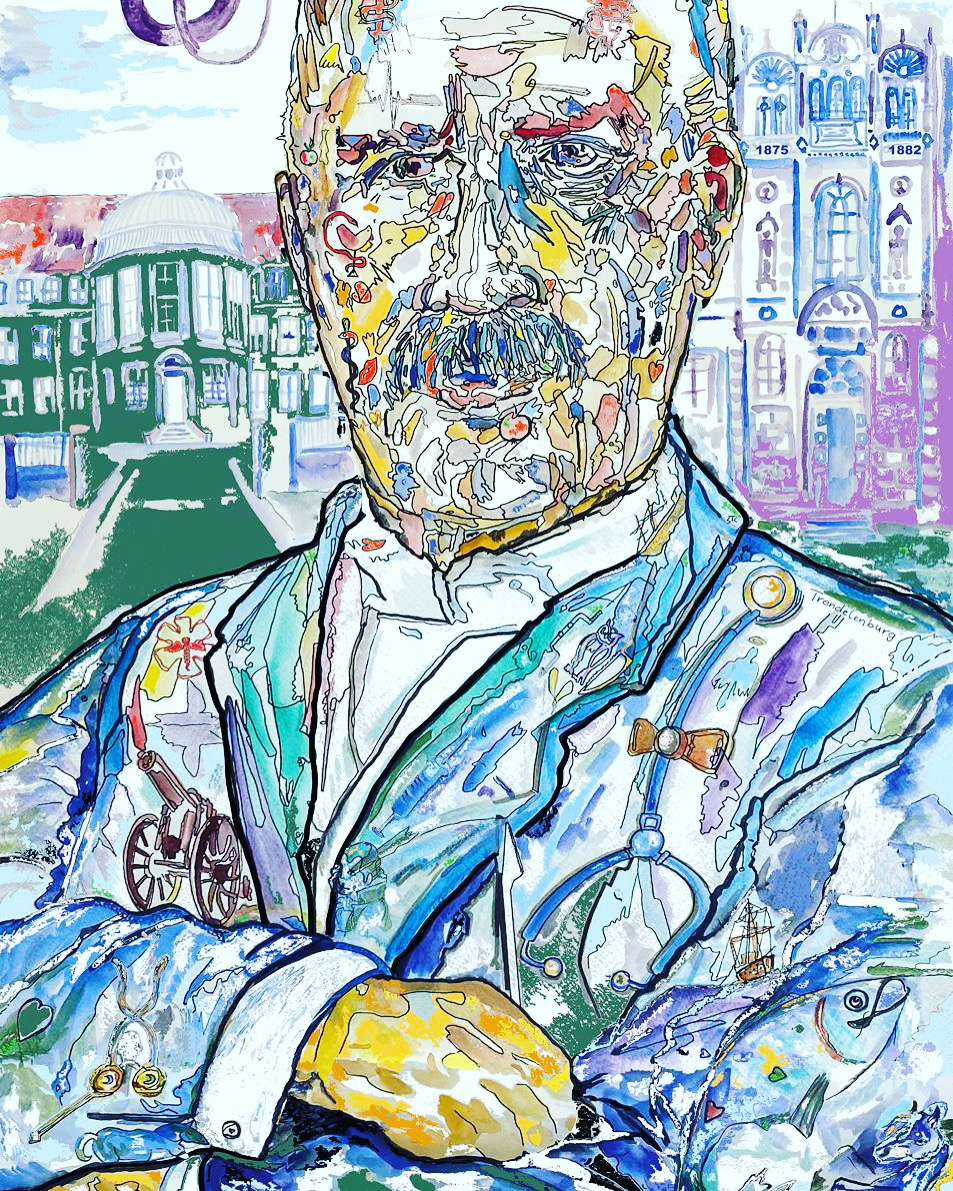Saphenion® Rostock: Friedrich Trendelenburg
Saphenion® Rostock: Friedrich Trendelenburg – ist einer der groBen Männer seines Jahrhunderts, der für die Entwicklung der gesamten Chirurgie unauslöschliche Werte geschaffen hat, die strahlender Wegweiser fur viele Teilgebiete unseres Faches sind und an Bedeutung und Geltung bis zum heutigen Tage nicht nur weltweit höchste Wertschatzung erfahren, sondern in vielen Bereichen die Grundlagen diagnostischen und operativen Handelns darstellen.
So auch im Fachgebiet der VenenChirurgie!
